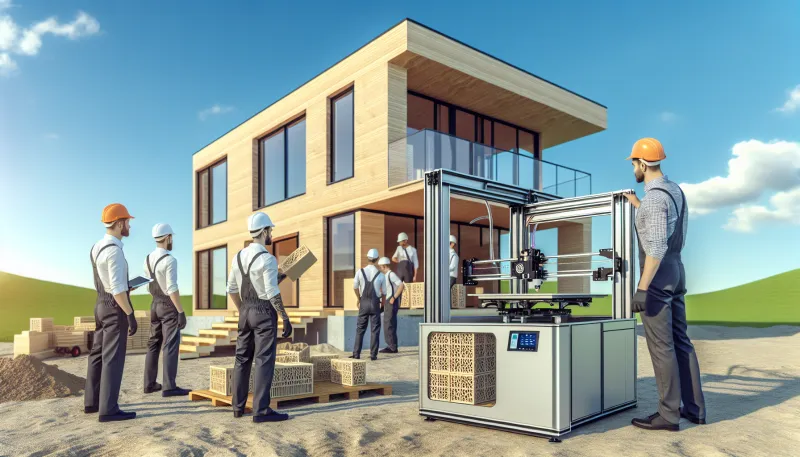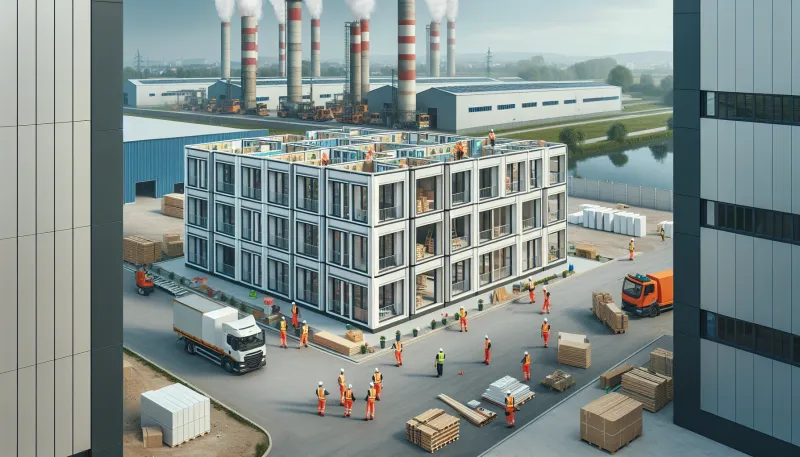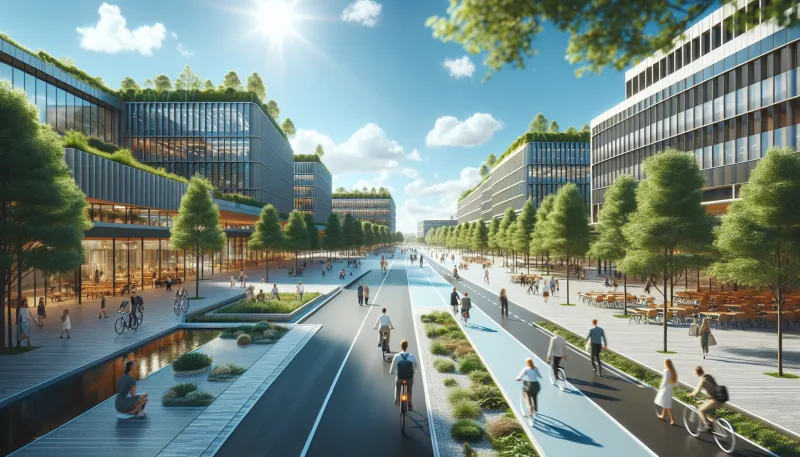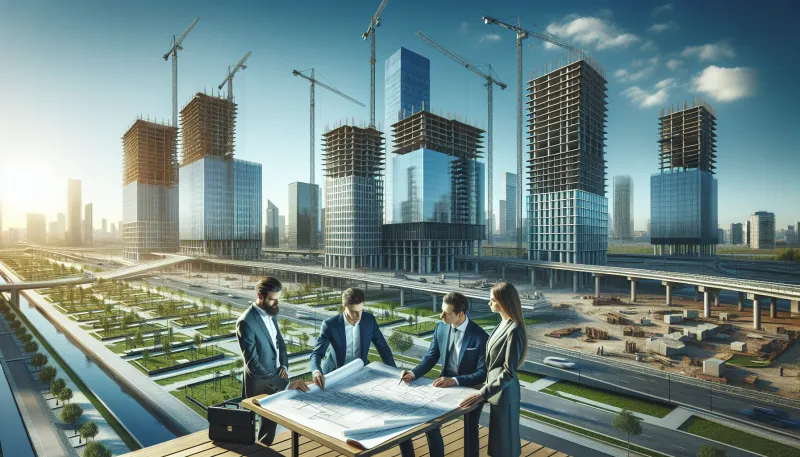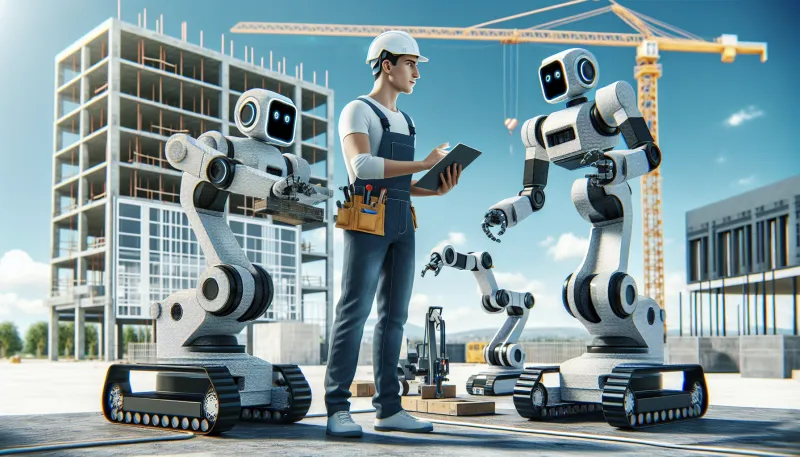
How Robotics Are Revolutionizing Efficiency on Construction Sites
The construction industry has witnessed remarkable technological advances in recent years, with robotics emerging as a transformative force. These automated systems are streamlining site operations, improving safety, and enhancing productivity. By integrating robotics into various phases of construction, companies are addressing long-standing challenges and setting new standards for efficiency on building projects.
- Automation of repetitive tasks
- Enhanced precision and quality control
- Improved worker safety
- Real-time data collection and monitoring
- Material handling and logistics optimization
- 3D printing and on-site fabrication
- Collaboration between humans and robots
- Impact on construction workforce skills
- Future trends shaping robotic construction
Automation of repetitive tasks
One of the primary benefits robotics bring to construction sites is the automation of repetitive and labor-intensive tasks. Robots can perform activities such as bricklaying, concrete dispensing, and welding with consistent accuracy, freeing human workers to focus on more complex responsibilities. This shift reduces fatigue-related errors and accelerates project timelines.
Enhanced precision and quality control
Construction robots are equipped with advanced sensors and computer vision systems that ensure high precision during operations. This technology minimizes human error, thereby improving the quality of work performed. From exact measurements to flawless assembly, robotics contribute to delivering structures that meet stringent quality standards.
Improved worker safety
Construction sites are inherently hazardous environments. Robotics help mitigate risks by taking over dangerous tasks such as heavy lifting, working at heights, or handling toxic materials. Deploying robots reduces workplace accidents and creates a safer environment for human workers.
Real-time data collection and monitoring
Robots equipped with sensors can collect real-time data about site conditions, equipment status, and progress metrics. This information is invaluable for project managers seeking to optimize workflows and make informed decisions promptly. The continuous monitoring enables early detection of issues that may cause delays or cost overruns.
Material handling and logistics optimization
Robotics streamline the handling and movement of construction materials around busy sites. Automated guided vehicles (AGVs) and drones transport supplies efficiently, decreasing manual labor and reducing downtime caused by logistics bottlenecks. This leads to better coordination and resource utilization.
3D printing and on-site fabrication
Innovative construction robots capable of 3D printing are enabling on-site fabrication of building components. This technology not only accelerates the construction process but also reduces waste and costs associated with off-site manufacturing and transportation. Customized structures can be created quickly to meet specific project needs.
Collaboration between humans and robots
The integration of robotics doesn’t replace human expertise but rather complements it. Collaborative robots, or cobots, work alongside construction crews to augment their capabilities. By sharing tasks intelligently, human workers and robots create a more productive and adaptive work environment.
Impact on construction workforce skills
The rise of robotics in construction demands a shift in workforce skills. Workers must adapt by acquiring knowledge in robotics operation, programming, and maintenance. This evolution elevates the construction workforce to more technical roles, opening new career opportunities while enhancing overall industry competence.
Future trends shaping robotic construction
Looking ahead, robotics in construction is poised for further innovation with the integration of artificial intelligence, machine learning, and enhanced autonomous capabilities. These advancements will lead to smarter robots capable of complex decision-making and self-optimization, pushing the boundaries of what construction sites can achieve.
Tommy is a property-passionate journalist who covers the forces shaping housing and the built environment. With a data-driven approach and a reporter’s curiosity, he writes on market cycles, urban development, PropTech, and policy—always connecting numbers to everyday lives. [Name]’s work blends clear analysis with on-the-ground reporting to help readers navigate trends, opportunities, and risks across residential and commercial real estate.




